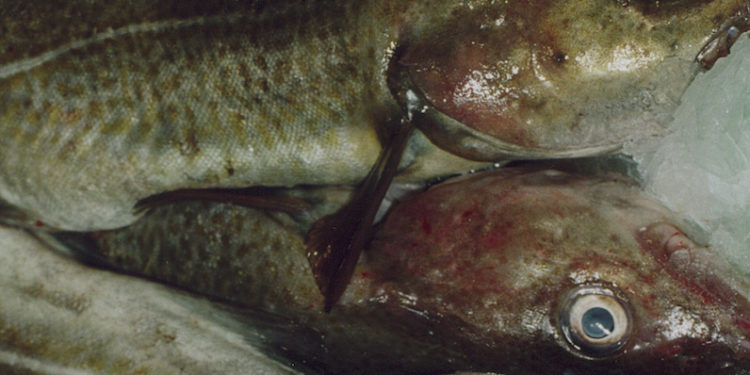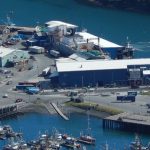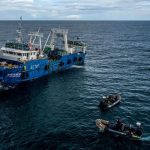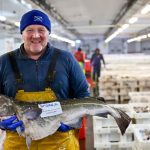ICES advice will provide the basis for the Commission’s proposal on fishing opportunities in the Baltic region for 2017 which will be published in the autumn. The Council will then decide the final fishing possibilities in October. Europêche has made its own recommendations specifically on Western Baltic Cod following the publication of ICES data and pinpointing shortfalls in the data provided.
‘To include recreational fishermen in the advice, at the expense of the future and existence of commercial fisheries in this area is irresponsible. We believe that the complete catch data should be given to Member States to decide on the quota for recreational fishermen since this does not even fall under the remit of the Common Fisheries Policy,’ Europêche states.
‘By ICES including recreational catches in the advice for commercial catches, they are effectively basing their advice on something that, whilst covered by the CFP, is not actually regulated by the Common Fisheries Policy. According to ICES’ own previous advice, the western Baltic cod stock has been steadily increasing and fishing mortality decreasing. The lowest registered recruitment remains a problem, but it cannot be solved by decreasing the TAC.’
The Western Baltic cod fishery in 2017 faces some drastic cuts that will affects fishing communities severely, especially in Denmark’s Baltic region.
‘Given the uncertain assessment, the TAC should not solely be set in line with the wish to be at FMSY next year and being below MSY Btrigger. It should reflect the observed development in the stock and take account of the fact, that it forms the basis for the provision of food, jobs and the continued existence of vulnerable local fishing communities,’ Europêche argues, recommending a 20% TAC reduction instead of the 93% cut that can otherwise be expected.
‘To follow the radical ICES advice would be to see the demise of the vulnerable coastal communities and all interrelated industries. For the sake of fairness and consistency, we believe that the advice on recreational mortality should be included in the advice for natural mortality since the latter is also unregulated and therefore they can be both categorised together.’
Europêche also notes that the total estimated commercial catch in 2017 for cod in subdivisions 22-24 is 1588 tonnes while the the total estimated catch for recreational fisheries in the same area is 2558 tonnes, making the recreational catch 61% higher than that of the commercial catch.
‘Uncertainty around recreational catches is considered much higher than the uncertainty in commercial catches. yet they have been allocated the lion’s share of the advised quota,’ Europêche points out, adding that recreational catches are underestimated for the whole time-series since they only account for German data
According to Europêche, the problem is not the stock, but the way advice has been assessed. In this assessment, more data actually is giving less accurate catch advice. This should not be the case.
‘It must not be forgotten that TACs not only protect fish but also fishermen. They are a fisheries management tool, not a biological tool,’ a Europêche spokesman said, commenting that the number of active fishing vessels in the Danish Baltic fleet has been continuously reduced in the last 15 years from around 700 to just 200 vessels. Approximately less than 50 of these vessels are larger than 12m, meaning the majority belong to the small scale fleet.
‘The consequences of any decrease would be severe in particular for the small-scale coastal fishery and reductions of more than 15-20 % would lead to a certain collapse of local fishing communities.’









